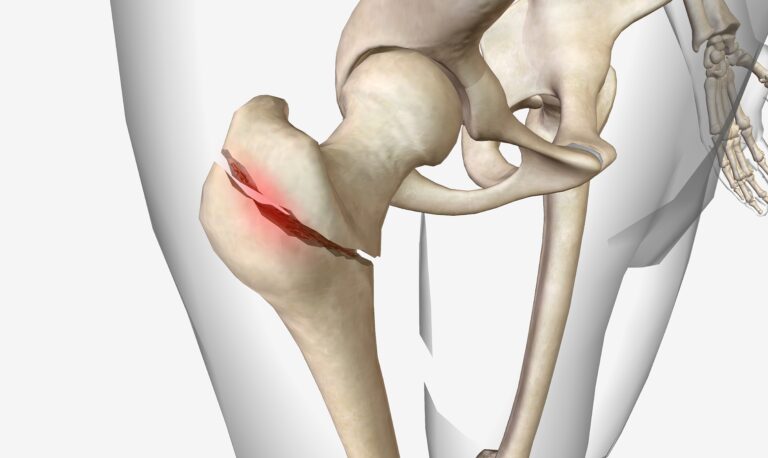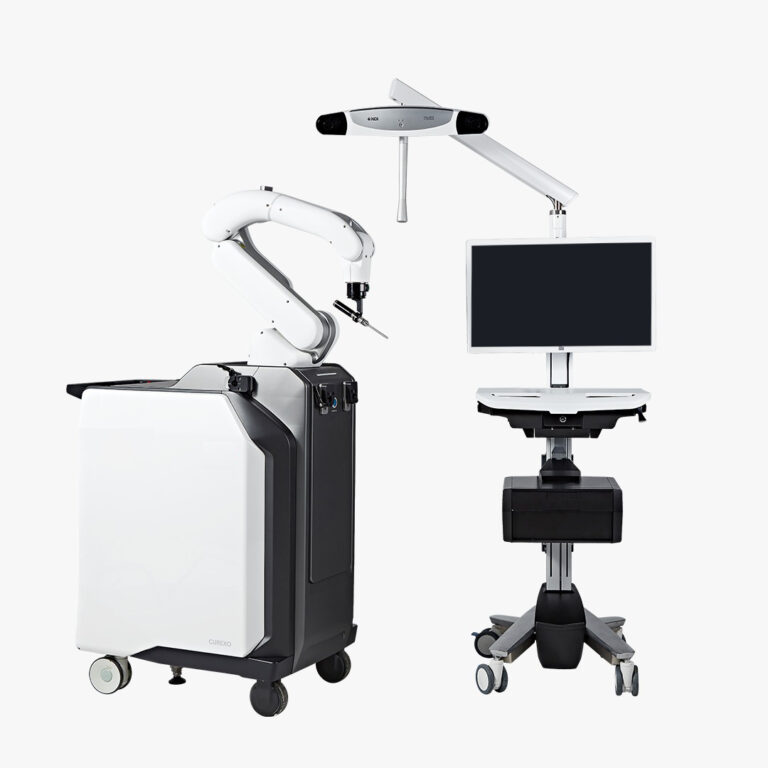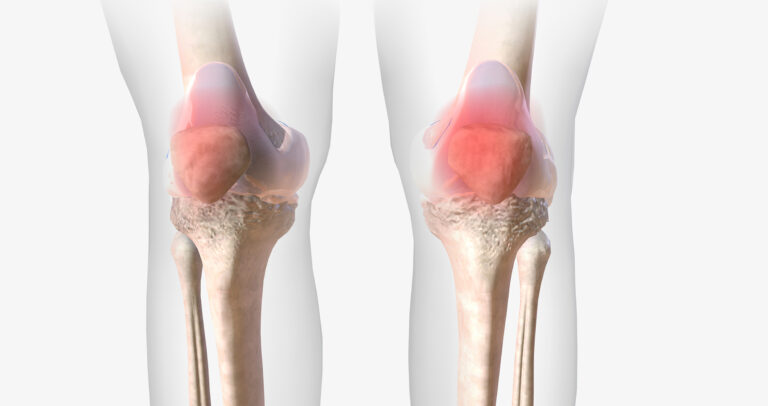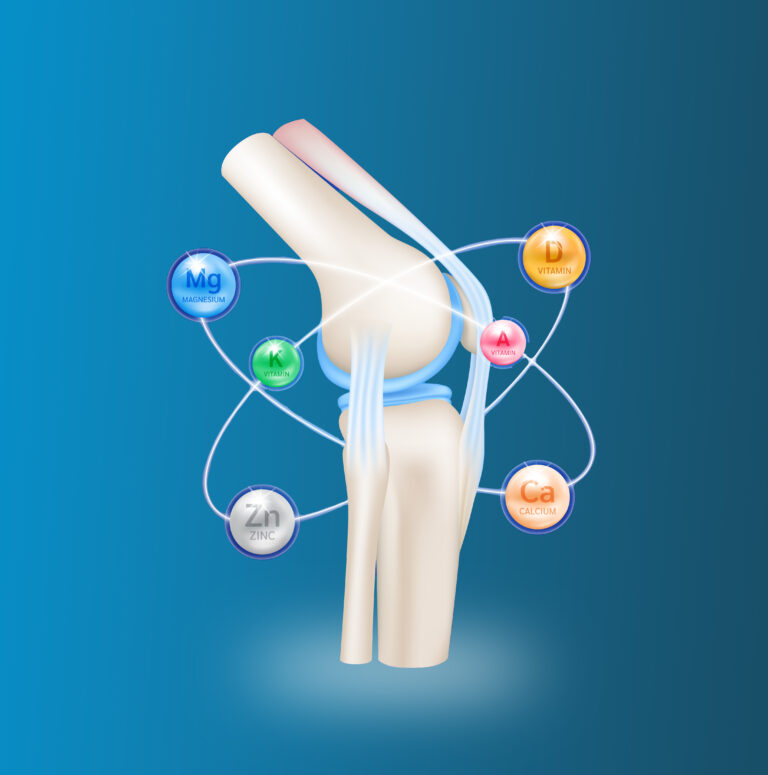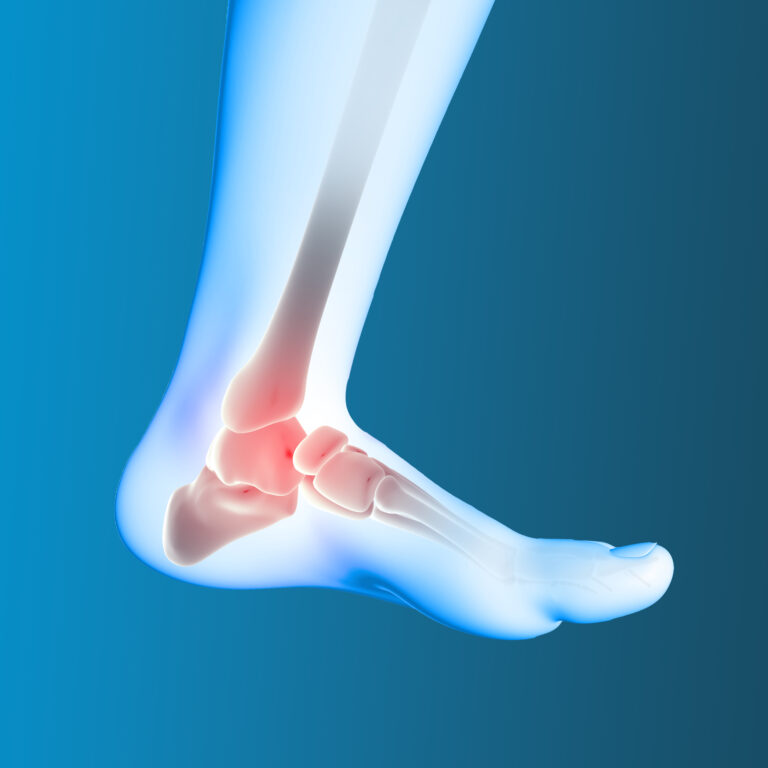
Introduction
Postural alignment plays a crucial role in maintaining overall joint health. For women, improper posture can lead to long-term joint pain, discomfort, and even debilitating injuries. Whether standing, sitting, or moving, how the body aligns itself can significantly impact the load placed on joints, particularly those in the spine, knees, hips, and shoulders. Poor postural habits, compounded by factors such as hormonal changes, pregnancy, and the aging process, can accelerate joint wear and increase the risk of injury. Understanding the influence of postural alignment on joint health is vital for women to prevent pain, discomfort, and more serious musculoskeletal issues over time.
Overview
Postural alignment refers to the positioning of the body in a way that minimizes strain on the bones, joints, and muscles. Proper alignment ensures that weight is distributed evenly across joints, while poor alignment can place unnecessary pressure on certain areas, leading to joint damage, inflammation, and pain. Women, in particular, may experience unique challenges related to posture due to factors like pregnancy, menopause, and changes in body mechanics. By adopting proper posture habits and making necessary adjustments, women can prevent joint pain and injuries, improving both short-term comfort and long-term musculoskeletal health.
Potential Risks and Complications
- Increased Joint Stress: Poor posture can cause uneven distribution of body weight, resulting in excess stress on joints, particularly in the spine, knees, and hips, increasing the risk of osteoarthritis and degenerative joint diseases.
- Muscle Imbalance: Misalignment leads to certain muscles working harder than others, causing imbalances that can lead to joint instability, muscle fatigue, and heightened risk of strains or sprains.
- Chronic Pain: Long-term poor posture can result in chronic pain in areas like the neck, shoulders, and lower back, affecting mobility and quality of life. This chronic discomfort often becomes more challenging to treat over time.
Understanding the Recovery Process
- Postural Awareness: The first step in recovery is becoming aware of posture during daily activities, such as sitting at a desk, standing, or walking. Small adjustments like keeping the spine straight and shoulders back can alleviate stress on joints.
- Strengthening Exercises: Regular exercises that focus on strengthening the core, back, and legs help maintain proper alignment and provide the support necessary to reduce joint strain. Strengthening the muscles around the joints reduces the load on the bones and cartilage, preventing further damage.
- Stretching and Flexibility: Stretching exercises enhance flexibility, allowing muscles to move more freely and preventing the tightness that often accompanies poor posture. A regular stretching routine helps keep the body in optimal alignment, minimizing discomfort.
- Ergonomics: Modifying workspaces, seating, and sleeping arrangements to encourage proper posture can reduce strain during prolonged sitting or standing. Simple changes, such as using supportive chairs or aligning computer screens, help maintain a neutral spine position.
Factors Influencing Outcomes
- Hormonal Changes: For women, hormonal fluctuations, particularly during pregnancy and menopause, can affect the body’s ligaments and muscles, making them more prone to misalignment and joint pain.
- Age and Bone Density: As women age, bone density tends to decrease, which can contribute to joint stiffness and pain. Maintaining good posture is especially important to prevent further strain on already vulnerable joints.
- Physical Activity: Women who engage in regular physical activity, especially exercises focused on strengthening muscles and improving posture, are less likely to experience the long-term effects of poor posture on joint health.
- Weight: Extra body weight places additional stress on joints, especially the knees, hips, and lower back. Maintaining a healthy weight can reduce the strain on joints and improve overall posture, reducing the risk of long-term pain.
Informed Decision-Making
- Consulting Healthcare Providers: Women should seek advice from healthcare professionals, such as physical therapists or orthopedic sp
- ecialists, to assess their posture and receive personalized recommendations for improving alignment and joint health.
- Incorporating Postural Exercises: A tailored exercise plan that includes strength training, flexibility exercises, and posture correction can help prevent future joint issues and alleviate current pain.
- Long-Term Lifestyle Adjustments: Posture correction requires consistent effort. Women should commit to daily habits that support proper alignment, such as maintaining an ergonomic workspace, using supportive footwear, and practicing posture-friendly exercises.
Key Takeaway
The influence of postural alignment on joint health is significant, particularly for women who may face additional challenges due to hormonal changes, pregnancy, and aging. Maintaining proper posture through awareness, strengthening exercises, stretching, and ergonomic adjustments can help prevent joint pain, reduce the risk of injury, and improve long-term musculoskeletal health. By addressing posture early and consistently, women can safeguard their joints and improve their overall quality of life.
Disclaimer
This information is for educational purposes only and should not be construed as medical advice. Always consult with a healthcare provider or specialist for advice tailored to your individual needs regarding posture and joint health.

